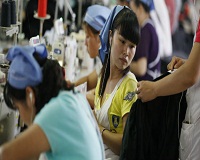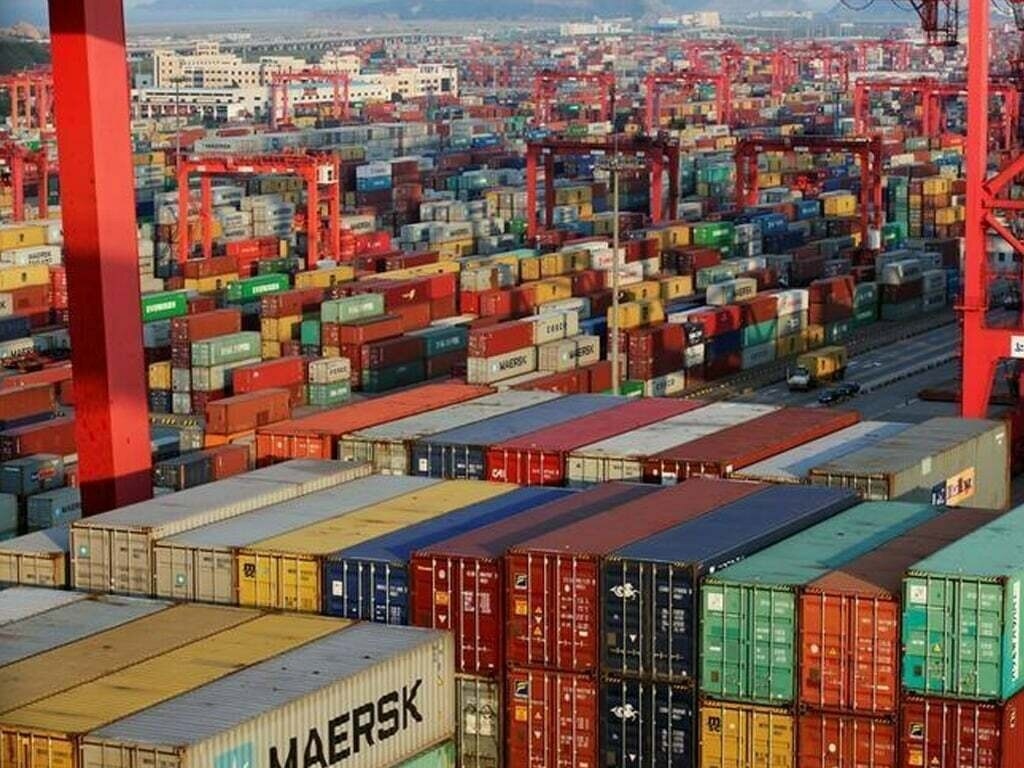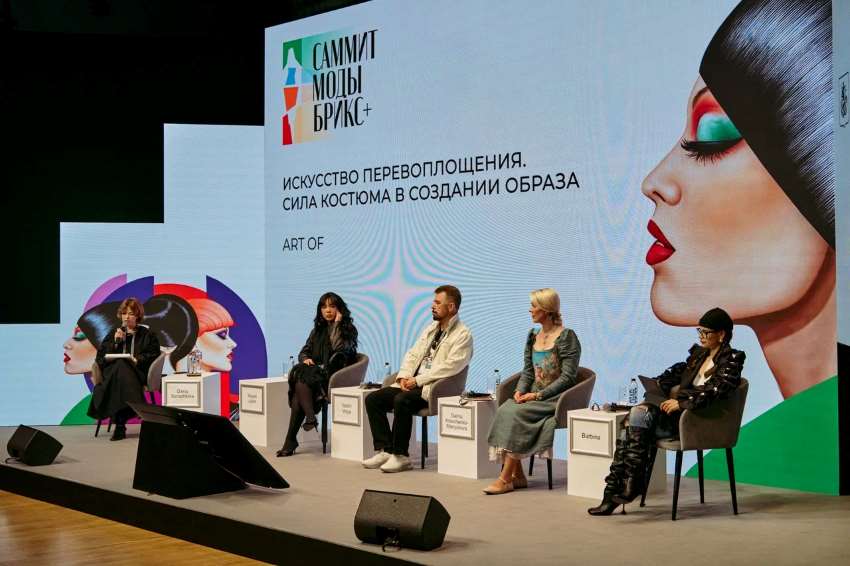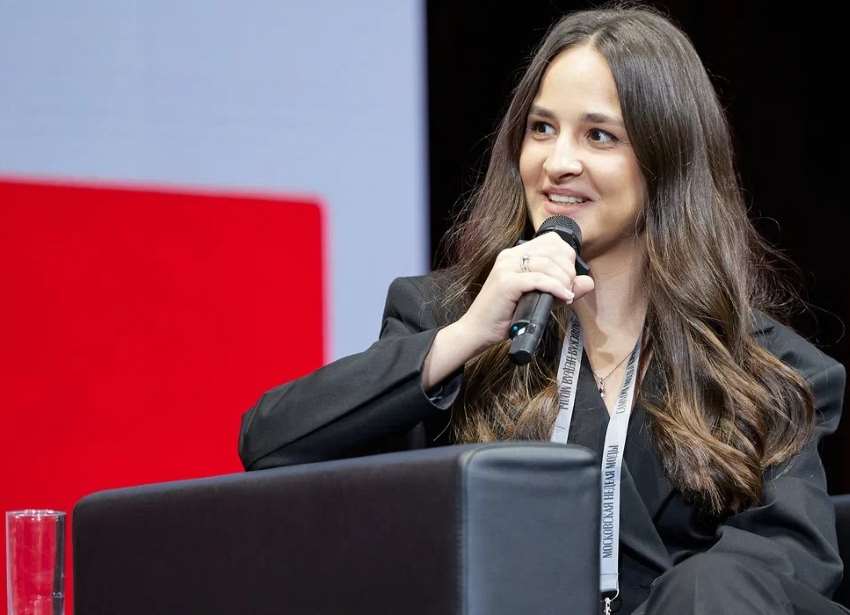"As per The Dutch Agreement on Sustainable Garments and Textile (AGT), currently there are 4,268 production sites in India where participating companies produced goods in the past year. This sharp rise in the number of production sites is a result of more companies signing up the Agreement, as well as them gaining insight into their supply chain and production sites. A positive step towards transparency, this helps companies gain better understanding of the value chain and enables them to act on the risks identified. With this, NGOs and trade unions can get to the bottom of the prevailing working conditions at production sites raise any occurring issues within the Agreement."
 As per The Dutch Agreement on Sustainable Garments and Textile (AGT), currently there are 4,268 production sites in India where participating companies produced goods in the past year. This sharp rise in the number of production sites is a result of more companies signing up the Agreement, as well as them gaining insight into their supply chain and production sites. A positive step towards transparency, this helps companies gain better understanding of the value chain and enables them to act on the risks identified. With this, NGOs and trade unions can get to the bottom of the prevailing working conditions at production sites raise any occurring issues within the Agreement.
As per The Dutch Agreement on Sustainable Garments and Textile (AGT), currently there are 4,268 production sites in India where participating companies produced goods in the past year. This sharp rise in the number of production sites is a result of more companies signing up the Agreement, as well as them gaining insight into their supply chain and production sites. A positive step towards transparency, this helps companies gain better understanding of the value chain and enables them to act on the risks identified. With this, NGOs and trade unions can get to the bottom of the prevailing working conditions at production sites raise any occurring issues within the Agreement.
Increase in participants
When the Agreement was incepted in 2016; it had only 55 brands on board. This has now increased to 79 brands; almost 42-45 per cent of the Dutch garment industry. It is expected that the Agreement will achieve its objective of 50 per cent market coverage in 2018. Participation in the Agreement though voluntary; is not free from obligations. The company’s efforts are assessed according to an established assessment framework.
Identifying the materials used
For the first time ever, the Agreement has systematically identified the materials used and subsequent quantity of ‘sustainable’ materials. It is clear that cotton is by far the most frequently used material, of which 56 per cent is ordinary cotton and 44 per cent more sustainable cotton. This knowledge makes it possible to monitor the sustainable credentials of the choices that the companies will make in the years to come.
cotton is by far the most frequently used material, of which 56 per cent is ordinary cotton and 44 per cent more sustainable cotton. This knowledge makes it possible to monitor the sustainable credentials of the choices that the companies will make in the years to come.
Risks faced by the companies
The participating companies, from the next year onwards, will also publish individually the greatest risks that they face in the factories where they produce, together with their policy for dealing with these risks. This will be done on the basis of IRBC (International Responsible Business Conduct) risk management (i.e. due diligence). This provides information on risks in the areas of, for example, a living wage, child labour, environmental damage and animal welfare. Within the Agreement, companies also cooperate with NGO's, trade unions and government, with the shared goal of tackling risks and negative impacts. This is done, for example, by holding discussions with local authorities or considering collaboratively how problems in the value chain can be best addressed.
Way ahead
At the end of its second year, the Agreement can show with these results that it has made progress on what was agreed in 2016. As Pierre Hupperts, Independent Chairperson, says, “Companies are making strides towards transparency in their value chains and the manner in which they deal with risks. Collaborative projects have also been launched, for example in the areas of freedom of association and the prevention of child labour. However, parties to the Agreement are also realistic: the Netherlands is a relatively small player in the world market and the problems are substantial.” Parties are therefore working on international upscaling initiatives, such as the German-Dutch cooperation launched at the beginning of 2018.











